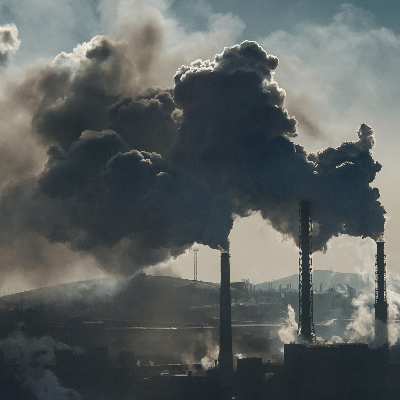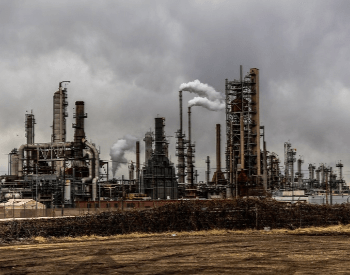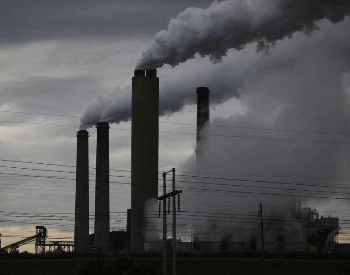
This web page contains fossil fuel facts for kids and is an excellent resource for anyone of any age looking to learn about these revolutionary energy sources. Our goal is to provide you with accurate, up to date facts about fossil fuels. In addition to facts about fossil fuels, we provide additional resources to help you continue your research on them.
The fossil fuel facts below will help you learn what is a fossil fuel, where fossil fuels come from, are fossil fuels renewable, who uses the most fossil fuels and other fossil fuel related facts. We hope these fossil fuel facts are interesting and help you learn more about these non-renewable resources.
If any of the below fossil fuel facts are inaccurate, please contact us and let us know.
22 Fossil Fuel Facts for Kids
- Fossil fuels are a fuel source that were formed from a natural process.
- Fossil fuels are organic materials that were formed from decayed plants and animals from a long time ago.
- The most popular fossil fuels are oil (petroleum), coal and natural gas.
- Oil (petroleum) is commonly used to create gasoline for vehicles, like cars, trucks and airplanes.
- Coal is commonly used for heating and the production of electricity at coal power plants.
- Natural gas is commonly used to generate electricity.
- The fossil fuels we harvest today were formed during the Paleozoic Era during the Carboniferous Period.
- In 2017, it was estimated that 85% of primary energy source used worldwide was fossil fuels.
- Fossil fuels vary by location on our planet due to the right conditions required to form them.
- In 2017, the world’s largest coal deposits were located in the United States (27%), Russia (17%), China (13%), India (10%) and Australia (9%).
- In 2017, the world’s largest oil deposits were located in Venezuela, Saudi Arabia, Iran, Canada and Iraq.
- In 2018, the world’s largest natural gas deposits were located in Russia, Iran, Qatar, the United States and Saudi Arabia.
- The population of the United States of America is less than 5% of the world’s population, however it uses more than 25% of the world’s fossil fuels.
- There is a limited supply of fossil fuels, the natural process that created them takes hundreds of millions of years.
- Since fossil fuels take hundreds of millions of years to form and humans are extracting them at ever increasing rates, they are considered an unstainable energy source.
- Some researchers believe there will be serious social and economic impacts over the supply of fossil fuels. As the world’s consumption increases, the limited supply decreases. Eventually, if we haven’t found alternative energy sources that can replace fossil fuels, prices will skyrocket, creating social and economic issues.
- The tipping point of fossil fuel usage is referred to as peak oil, peak coal and peak gas. These phrases are used to define the moment the world reaches it’s maximum recovering of these fossil fuels and the amount able to be recovered starts to decline, while usage stays the same or continues to increase.
- Some examples of energy sources that don’t use fossil fuels are nuclear power, hydroelectricity and solar energy.
- There is strong scientific evidence that the burning of fossil fuels is contributing to the rapid climate change we’re experiencing on our planet.
- The rapid climate change from the burning of fossil fuels is likely due to what’s released when we burn them.
- Burning fossil fuels releases carbon dioxide, methane and nitrogen into our atmosphere.
- According to the Millennium Alliance for Humanity and the Biosphere (MAHB), the Earth’s supply of fossil fuels will be depleted by the year 2090.
Fossil Fuel Pictures



Additional Resources About Fossil Fuels
- Fossil Fuels – Find more fossil fuel facts on the U.S. Department of Energy website.
- Fossil Fuels – Facts and Information – Learn more about fossil fuels and discover facts about them on the National Geographic website.
- Fun Fact About Fossil Fuels for Kids – Read some awesome fun facts about fossil fuels on the Sciencing website.
